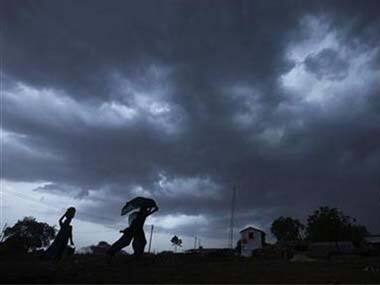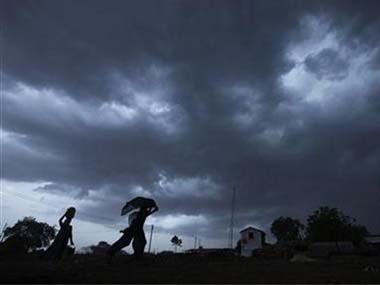With the onset of monsoon just few weeks away, stock market experts and equity analysts are busy predicting how the key domestic benchmark indices would perform going ahead given the weak monsoon forecast made by both the country’s official meteorological department and other private global forecasters. Last month, the Indian Meteorological Department said this year’s monsoon could be below normal at 93% of the long period average, implying a deficient rainfall that can have a bearing on food prices and push up inflation. With the prospects of patchy monsoon looming large, equity markets have been jittery over the past few weeks with strong bouts of intermittent selling being witnessed indicating that the market could be in for a disappointment if the present forecast holds true. [caption id=“attachment_2250312” align=“alignleft” width=“380”]  Reuters[/caption] Even as the country is gearing up for a “below normal” monsoon forecast, the country’s weather bureau last week said the monsoon will arrive on time, propping up the market sentiment over the past few sessions. Extending its gains, the Sensex today surged 363.30 points or 1.33 percent to end at 27,687.30. The broader S&P CNX Nifty closed at 8,373.65, up 111.30 points or 1.35 percent. A look at the data (graphic below) since 1989 suggests that there is actually no correlation between a weak monsoon and stock market performance. In fact, on most of the occasions domestic stock markets have weathered the shortfall in monsoon and reported strong performance proving that investors necessarily don’t take a call on the markets based on just one single factor. Take for instance, the monsoon last year showed a deficit of 12 percent from its actual forecast, but the benchmark 30-share Sensex still clocked a 30 percent return on hopes of reforms gathering pace after the new government took charge. Similarly in 2012, rainfall deficit stood at 7 percent from its actual forecast, but the Sensex notched up gains of nearly 26 percent on the back of strong foreign institutional investors’ buying support. Further, when India witnessed one of its worst monsoon performance in more than a decade in 2009 with the deficit rising to 22 percent, the index reported its best performance and zoomed 81 percent in that year. In all, the Sensex has managed to post positive returns in nine years since 1991, when the annual rainfall has been below normal. On the positive front, despite early predictions of weak monsoon for the second consecutive year, several market experts are upbeat about the market prospects. Brokerage firm Ambit Capital, despite slashing its Sensex target for FY16, still sees the index touching 34,000 in the current financial year. Similarly, Morgan Stanley remains bullish on Indian equities and has set year-end target for Sensex at 32500. Data inputs from Kishor Kadam
The Sensex has managed to post positive returns in nine years since 1991, when the annual rainfall has been below normal
Advertisement
End of Article


)

)
)
)
)
)
)
)
)



